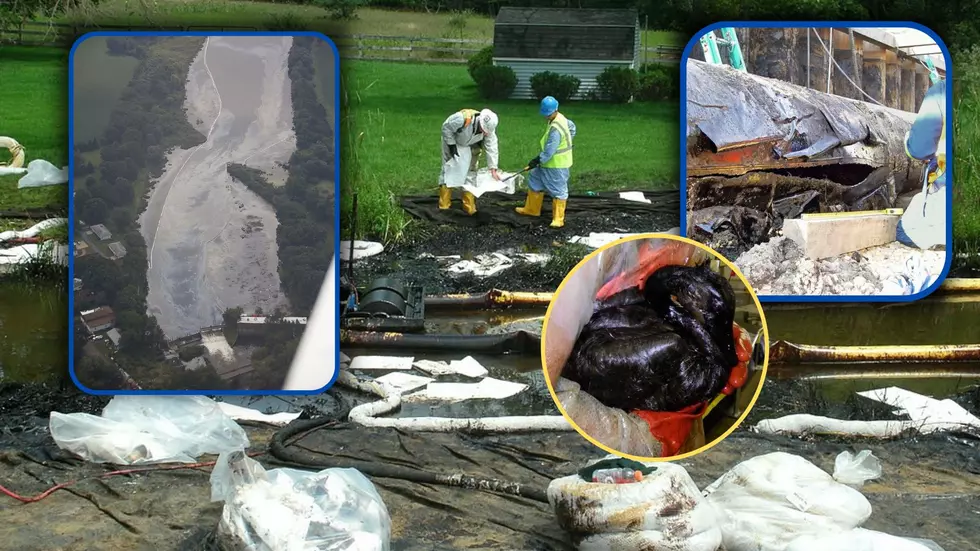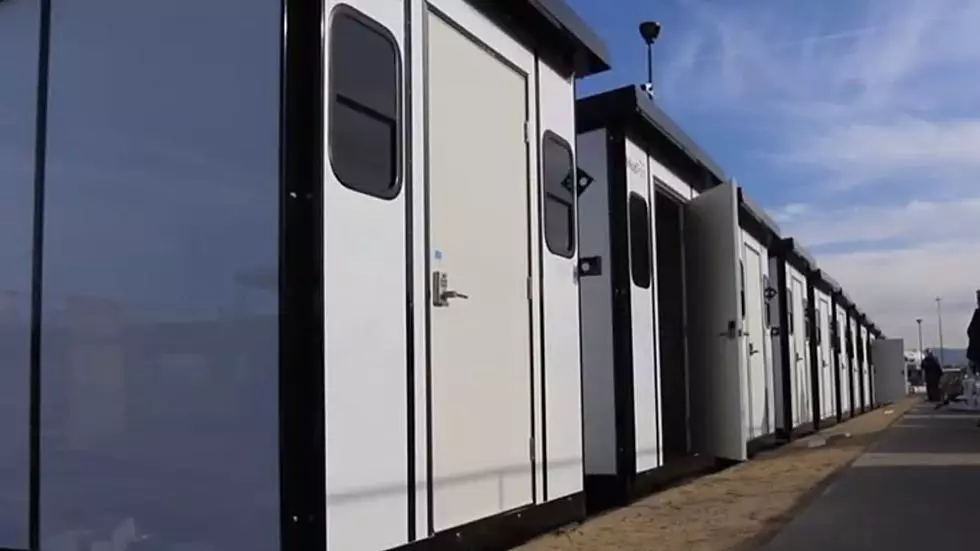
Twelve Years Ago: The Kalamazoo River Oil Spill is Largest Inland Spill In US History
When you think oil spills, you think mostly oceanic catastrophes - Deepwater Horizon, The Exxon Valdez, The Persian Gulf War Oil Spill - all catastrophic, and all in major oceans.
But Michigan, and the Kalamazoo River area actually home to one of the largest inland oil spills in history.

A 12th Anniversary is an odd one to acknowledge, but truth be told, I had no idea this happened until I moved here, and a post from - of all places - Bell's Brewery filled me in.
The Spill
The Kalamazoo River Oil Spill occurred in July of 2010 when an oil pipeline, owned by Enbridge, burst, and ran into Talmadge Creek, which is a tributary to the Kalamazoo River. The burst was near Marshall, Michigan, just east of Battle Creek.
Authorities quickly asked nearly 50 households to evacuate the spill area, and around 100 were asked not to drink their water.
It was estimated, after all was said and done, that more than a million gallons of oil had flowed into the creek, that then spilled into the Kalamazoo River. Dozens of animals and species were endangered, and businesses - like Bell's Brewery - had to halt operations on the river.
Why Was the Spill So Big?
When the alarms sounded about the breach in the line, alarms sounded in the Edmonton, Alberta, Canada headquarters for the oil company. However, control-room staff were unable to interpret what the alarms were with certainty, and unaware of the breach.
It was almost 18 hours after the break in the line that Michigan Utilities Employees reported the spill, and the company officially learned of the breach.
Officials in the control room did shut off the flow for a time, but initially thought it was a bubble in the line. Shutting down the line briefly did slow the spill a bit, but because they thought it was a bubble in the line, they actually restarted the line twice before it was officially reported as a break in the line. So for at least two hours, the material was escaping at a much faster rate.
The Aftermath
Two years after the spill, Most of the river affected by the spill - nearly 35 miles - was reopened. However, places downstream were still being cleaned thanks to deposits of the oil sands product, diluted bitumen (dilbit), that the pipeline had been transporting.
Enbridge was fined $3.7 million, and listed 22 probable violations that may have resulted in the spill.
This was also the first dilbit spill that the Environmental Protection Agency had ever handled in the United States. Like normal oil, dilbit will float on water initially. But due to its mass, over time, it will sink and settle, which is why sediment cleanup was still taking place two years after the spill, downriver.
At the time, it was the largest on-land spill in American History.
Thankfully, the EPA learned a lot from this incident, and all subsequent oil pipelines carrying dilbit, moving forward, were no longer treated like pipelines that carry any other oil.
Today, everything along where the spill happened is relatively back to normal, with little to no evidence that the spill ever happened.
Kalamazoo River Oil Spill of 2010
More From 107.7 WRKR-FM









